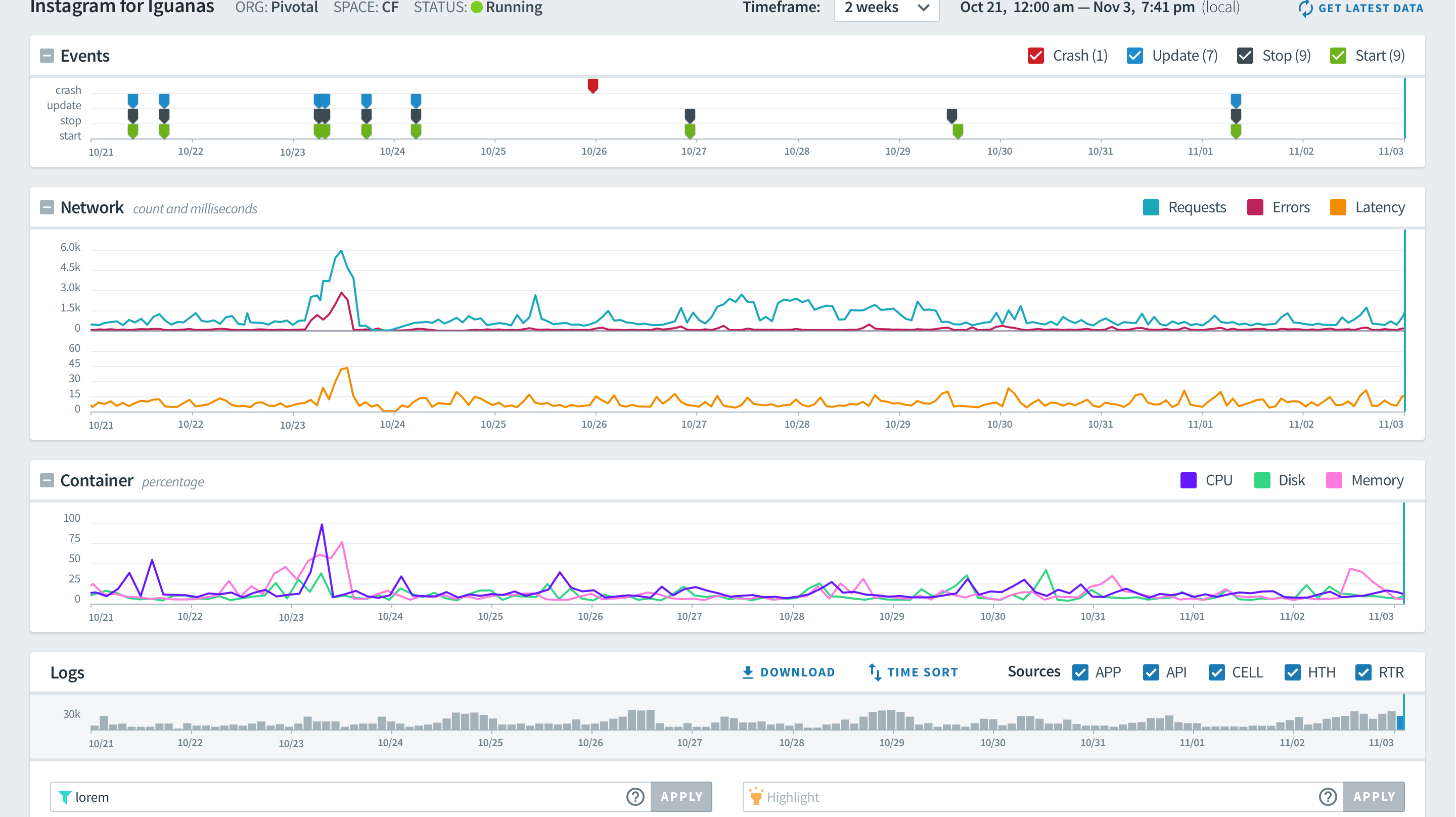Converting a visual design studio into a modern user experience firm
Slice of Lime // 2012–2014
Situation
By 2011, Slice of Lime offered a breadth of design services so broad, it was taking nearly any design related project it could. While this attitude enabled them to weather the sluggish economy of the late 2000s, it was also draining their motivation and morale. The small team was eager to redirect their energy which they did by scraping all but a single offering—UX design—to realize their new ambition. I joined the company in 2012 to build the user experience practice. Specifically, the company’s research and strategy capabilities while the company modernized itself around agile and lean methodologies.
Moving Forward
I eventually broke my mandate into these three parts:
1
The design process had to evolve from producing output to achieving outcomes.
2
The sales cycle had to evolve from a fixed cost, deliverables structure to one of project outcomes.
3
Staff productivity had to evolve from being measured on time spent on a project to client satisfaction.


Design Process
Introducing agile and lean into our process required tradeoffs given our waterfall approach of discovery > strategy > execution > delivery. Slice previously had optimized for speed of delivery against a backdrop of committed deadlines. Agile also holds speed in high regard, but does so with a flexibility to adapt as new information is gathered—there's no concept of accurately planning weeks and months ahead. Lean optimizes for learning, an ideal that was often negotiated away in order to win contracts. The new Slice of Lime treated research as non-negotiable. It cost us clients, but for those who committed, our learning based approach created great enough positive returns that they reengaged for additional work. Repeat business made up for lost clients along the way (the trend we experienced was fewer clients per year, but higher revenue overall due to multiple engagements per client). We also found as we learned to sell and deliver this new approach that our clients' word of moth testimonials brought us into contact with more organizations seeking our ability to deliver knowledge and product simultaneously—something many of our clients found difficult to achieve on their own because of cultural inertia going the opposite way. Ultimately, we avoided committing explicit deliverables within fixed deadlines. Instead, we committed to desired outcomes and let trust in our process along with the trust our clients gave us, to define what form that outcome would take within a stretch of time.


Sales Cycle
As our process morphed, sales adapted right along with it, albeit not as quickly as I or the team would have liked. One primary challenge was to assure clients that our growing focus on research was worth their investment of time and money. Clients would rationally ask why we couldn’t act on the customer insights they already had—why insist on re-learning what was already known? I took it as a question of trust—would clients trust our process and be open to learning things they didn’t know, that challenged their assumptions, or that simply validated what they knew? I feel all three outcomes is money well spent. To build this trust, we offered new clients short engagements as a way to try our methodology without necessitating a long term commitment. We put our process into play and clients could judge its value. This approach worked well. Revenue grew year over year even as the number of clients we worked with dropped because of repeat business.


Staff Productivity
Staff members bore the brunt of the changes to our process. While they welcomed the opportunities it opened for greater research and collaboration, the short initial engagements required immense focus and hard work. But here too they could experiment. As a team, we created exercises early in all of our engagements to help delineate who would do what and why. Clarifying roles this way meant people could voice and pursue their personal and professional goals. They were at the forefront of a new, modern approach to design and felt praised and rewarded when clients spoke with their wallets by renewing contracts.
Internally, how staff was managed also changed. Our model was no longer based on time billed but rather outcomes achieved. This freed staff (and our clients) to find a work/life balance that fit their needs. Regularly scheduled time to collaborate and to retro empowered teams. They were able to be self sufficient and direct with one another which augmented trust and empowerment among the team.
The Lessons Learned
None of this was as obvious as this case study makes it appear. It was a trial and error exercise guided by a vision that a process grounded in research could inform our collective decision making. My biggest hurdle was of my own doing—misalignment with company founders. I didn't communicate well enough with them on the experiments I or individual client teams conducted on projects. Partly this was because we truly had become agile (tweaking our trajectory as current reality suggested we do) and partly because I felt a need to create enough space for teams to conduct the experiments they themselves wanted to try. I can't know how events would have turned out if I had communicated more actively, but given differing risk tolerances, I imagine we wouldn't have moved so quickly. Nonetheless, support from the top inevitably makes change easier than not.




